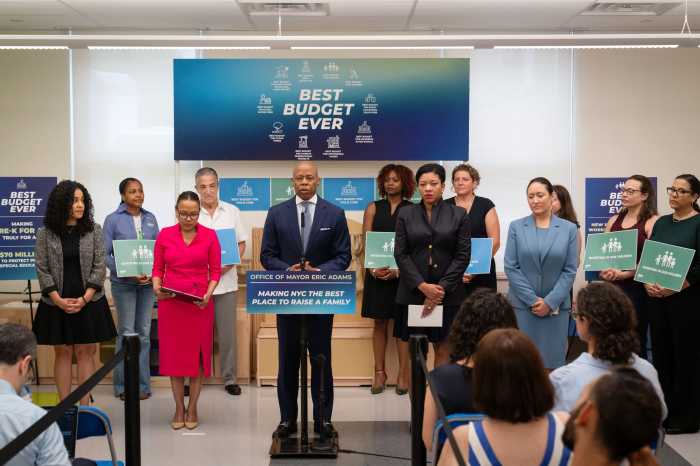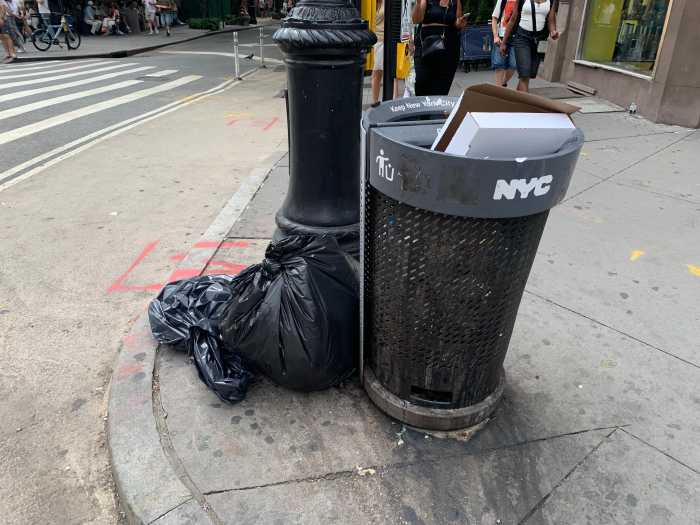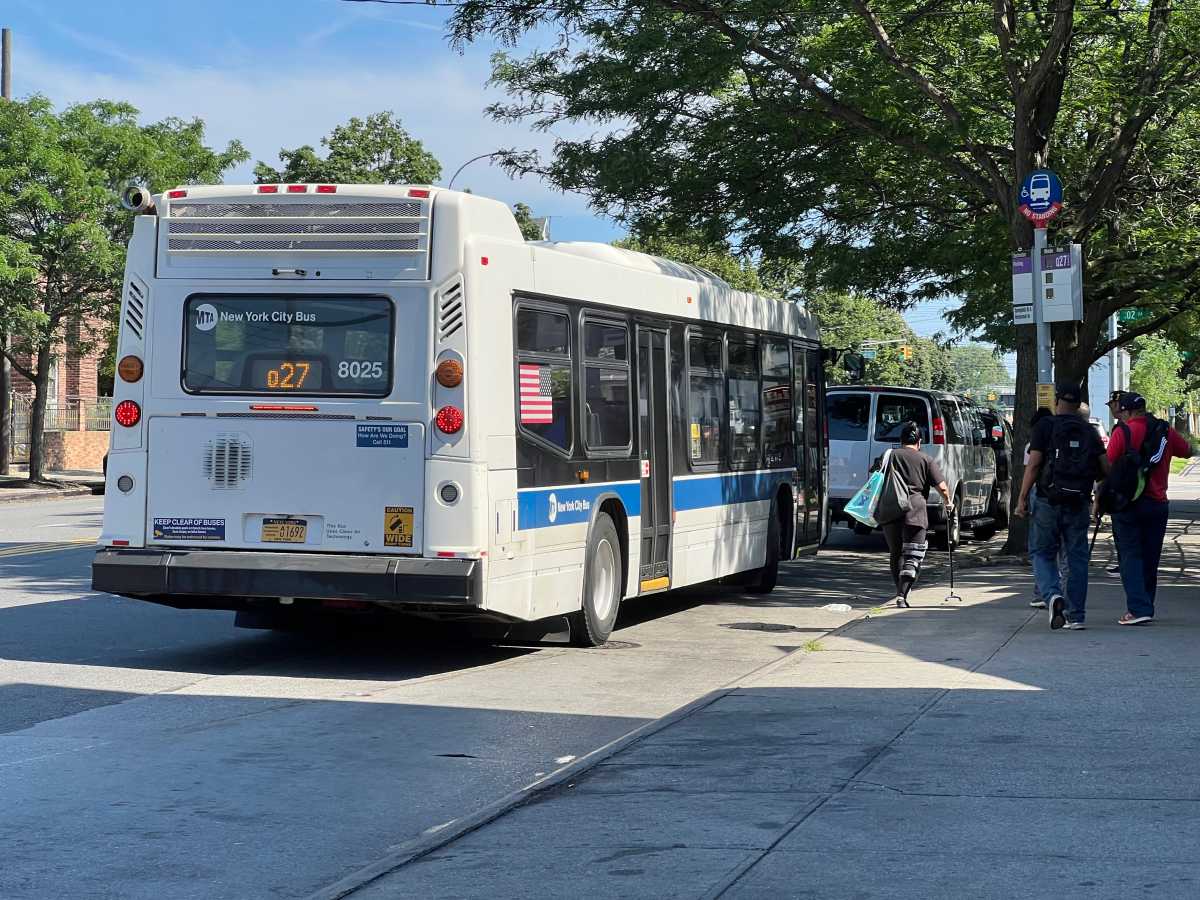Over the years we’ve repeatedly called for the Hudson River Park Trust to work more closely with the community, no more so than on the intractable, yet critical, issue of Pier 40.
The enormous, 800-foot-by-800-foot, three-level, former shipping pier on the Hudson at W. Houston St. has been the subject of two failed redevelopment attempts within the past half decade alone. Meanwhile, Pier 40 needs immediate repairs — millions of dollars worth of them — for its corroded metal support piles and deteriorating roof.
One hundred and sixty parking spaces — nearly a tenth of the pier’s total — are now unusable because of the pier’s continued decay and its rotting roof. As a result, about one-tenth of the revenue the pier produces for the park has also been lost, which is a serious concern since Pier 40 produces 40 percent of the park’s revenue.
Last year, the second failed Pier 40 request-for-proposals process saw The Related Companies unable to make its plan’s financials work within the R.F.P.’s requirement for a 30-year lease. Dubbed “Las Vegas on the Hudson,” Related’s plan would have included a Cirque du Soleil and movie theaters and venues for the Tribeca Film Festival, drawing 2 million to 3 million visitors per year to the pier, changing the character of both the park and surrounding neighborhoods.
Diana Taylor, chairperson of the Trust’s board of directors, and other Trust board of directors, including the current and former Parks commissioners, Adrian Benepe and Henry Stern, clearly favored the Related scheme, feeling it was the only financially viable plan and that, well, a circus and glitzy entertainment uses were appropriate for Hudson River Park at Pier 40. But because the plan didn’t work financially within the 30-year lease term, it was eliminated from the running.
The Trust then gave the Pier 40 Partnership, a community-based group, and the Urban Dove/Camp Group team several months to collaborate on a joint proposal that included the novel idea of schools on the pier, along with sports uses, while retaining the pier’s central courtyard sports field space as sacrosanct.
This plan seemed to us like the perfect solution for the pier. But as the economy started to cloud, the Trust pulled the plug on the R.F.P. process, claiming this last plan wouldn’t work. As she announced the R.F.P. was closed, again, Taylor said the Trust would probably have to request a longer lease.
At the Trust’s May 28 board meeting, urged on by former state Senator Franz Leichter, the Trust unanimously resolved to seek a change to the state Hudson River Park Act to allow a longer, 50-year lease.
While a 49- or 50-year lease at Pier 40 is O.K., it must only be for the right use — not, for example, to enable a mega-entertainment complex like Related’s plan. In short, the Trust must work with local elected officials, park advocates, Community Board 2 and other stakeholders to craft an R.F.P. with terms acceptable to the community. The two main requirements should be to retain the courtyard field and provide space for public schools. An R.F.P. that stipulates keeping the field should deter another Cirque du Soleil proposal.
If our local elected officials feel the community is onboard with a new Pier 40 R.F.P. — that the Trust has tailored the R.F.P. to satisfy the community — then surely they will support a lease extension. Again, the lease’s length isn’t the issue: The use is the issue.
Let’s not put the cart (the lease extension) before the horse (crafting an appropriate R.F.P. that results in an appropriate use).
Changing the park act first, without the community’s support and approval, will just lead to more delays and greater costs, only putting Pier 40 at even greater risk.




























